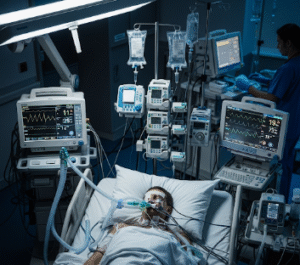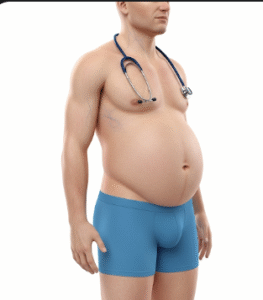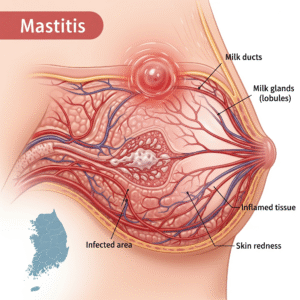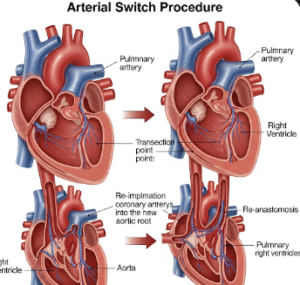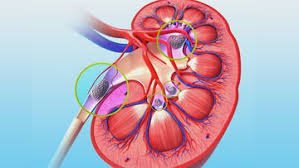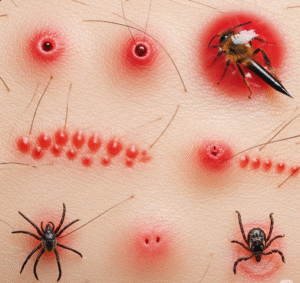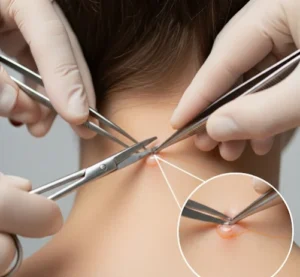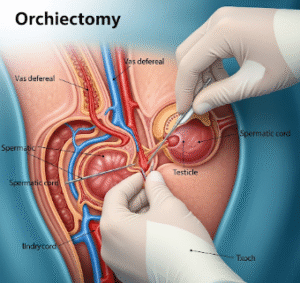What It Is
Congenital chest deformity correction refers to a range of surgical and cosmetic procedures designed to improve the appearance and, in some cases, the function of the chest in patients born with structural chest wall anomalies. These include conditions like pectus excavatum (sunken chest), pectus carinatum (protruding chest), Poland syndrome (underdeveloped chest muscles), or asymmetric chest development.
In Korea, correction can involve thoracic surgical techniques for functional improvement or cosmetic adjunct procedures such as custom implants, fat grafting, or reconstructive flaps to enhance the external chest contour.
Why It’s Done
Patients undergo congenital chest deformity correction because:
- Structural chest anomalies affect aesthetic appearance and confidence.
- In some cases, deformities impact breathing, exercise capacity, or cardiac function.
- Patients want a more balanced, symmetric, and natural chest appearance.
- Women may seek improvement before or alongside breast augmentation or reconstruction for symmetry.
Good candidates include:
- Patients with congenital chest deformities, mild to severe.
- Those in good general health and emotionally prepared for surgery.
- Individuals with realistic expectations regarding scars, results, and functionality.
Alternatives
- Observation and reassurance: For mild deformities without cosmetic or functional impact.
- Physical training: Chest-focused exercises to improve appearance in mild cases (though they cannot correct bone deformities).
- Vacuum bell therapy: May help younger patients with mild pectus excavatum.
- No treatment: An option for patients comfortable with their natural anatomy.
Preparation
- Clinical evaluation, chest imaging (CT or MRI), and functional tests if needed.
- 3D simulations to plan chest implants or fat grafting.
- Medical clearance and lab tests.
- Stop smoking and avoid alcohol or blood-thinning medications for 2–4 weeks before surgery.
How It’s Done
- Anesthesia: General anesthesia is usually required.
- Techniques may include:
- Thoracic surgery (Nuss or Ravitch procedures) for functional correction of severe deformities.
- Custom chest wall implants for cosmetic filling of depressions or symmetry.
- Fat grafting using fat harvested from other body areas to smooth contour irregularities.
- Muscle flaps (such as latissimus dorsi) for reconstruction in Poland syndrome or severe asymmetry.
- Duration: 2–4 hours depending on complexity.
Recovery
- First week: swelling, soreness, and chest tightness are common.
- Hospital stay may range from 1–5 days, depending on the procedure.
- Return to light activities in 1–2 weeks; strenuous activity avoided for 4–8 weeks.
- Final results visible after 2–3 months, once swelling subsides.
Possible Complications
- Infection or wound healing issues.
- Implant shifting or fat resorption.
- Visible scarring (minimized with advanced Korean techniques).
- Asymmetry or incomplete correction.
- Rare risks: bleeding, chronic pain, or recurrence of deformity.
Treatment Options in Korea
Diagnosis
Korean surgeons use CT scans, 3D imaging, and physical assessment to measure chest wall deformities, assess severity, and plan personalized treatment.
Medical Treatments
- Exercise and physiotherapy for mild cases.
- Scar management and skin treatments for previous surgical patients.
Surgical or Advanced Therapies
- Nuss or Ravitch surgery for functional pectus excavatum correction.
- Custom 3D silicone implants for filling depressions and creating symmetry.
- Fat grafting or hybrid fat-implant techniques for natural chest enhancement.
- Muscle flap reconstruction for Poland syndrome or severe asymmetry.
- Adjunct breast augmentation in women with congenital deformities affecting breast development.
Rehabilitation and Support
- Pain management and wound care in early recovery.
- Use of compression garments to support healing.
- Long-term follow-up for implant position, chest symmetry, and scar quality.
- International patients benefit from Korea’s integrated thoracic and cosmetic surgery expertise, advanced imaging systems, and custom implant technology.



